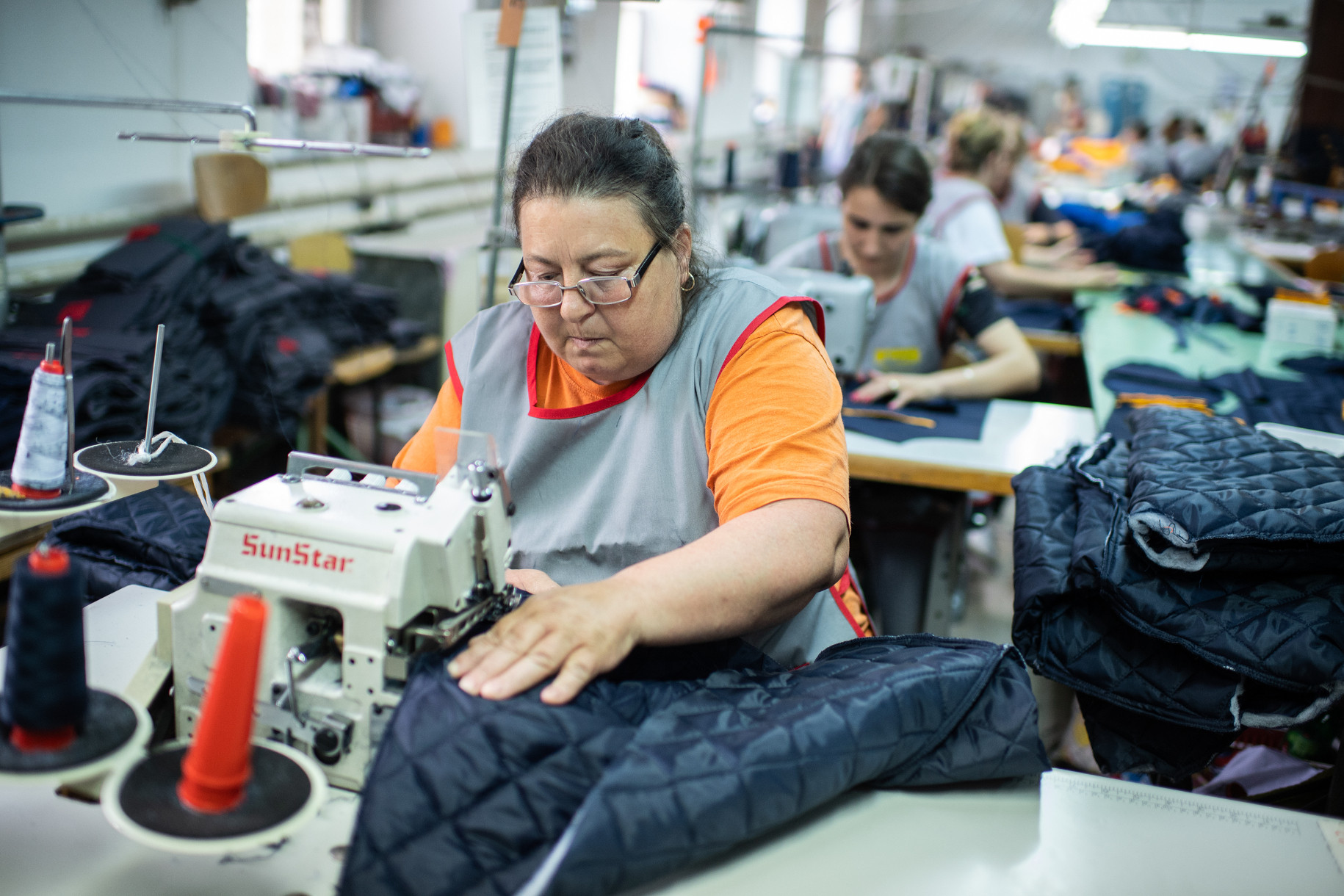Western fashion houses have long outsourced manufacturing to South Asia or the Far East, using subcontractors notorious for low wages, excessive overtime and dire working conditions.
Yet some brands, keen to capitalise on the cachet of a “Made in Europe” label, outsource production to Eastern Europe. While such subcontracting attracts far less scrutiny, it often comes with problems comparable to those found in Asian sweatshops.
This collaboration between Hungarian news outlet Telex, Polish daily Gazeta Wyborcza and Szabad Magyar Szó, a Hungarian-language news portal in Serbia’s Vojvodina province, reveals a dark side of European fashion.
The textile, clothing, leather and footwear (TCLF) sector in Eastern European countries, whether EU members or not, is in decline amid slumping wages and fierce competition from Asia. Across the region, a once-proud textile industry is in tatters.
With manufacturing increasingly shifting outside of Europe, those Western brands that still sell apparel made in Hungary, Poland and Serbia are highly sensitive to price.
This makes them fickle customers, willing to shift production from one subcontractor to another if they can get a better rate, even if that means severing longstanding relationships.
The result is a TCLP industry that squeezes workers hard and leaves them open to hardship and exploitation, as this investigation shows through personal testimony from the factory floor.
Photos by Bődey János, Telex
The impact of the investigative series has been substantial, prompting a surge of reader responses, discussions on social media and attention at the highest levels of government.
“I’ve been a journalist for 22 years and have never received so many letters from readers in response to an article I did,” said Telex reporter Barbara Vince, who led the cross-border collaboration.
Photos by Jakub Włodek, Gazeta Wyborcza
The series has been nominated for the Transparency-Soma Award for investigative reporting, highlighting its significance in raising awareness and sparking discussion about the challenges facing the TCLF sector in Central and Eastern Europe.
See the stories below.




